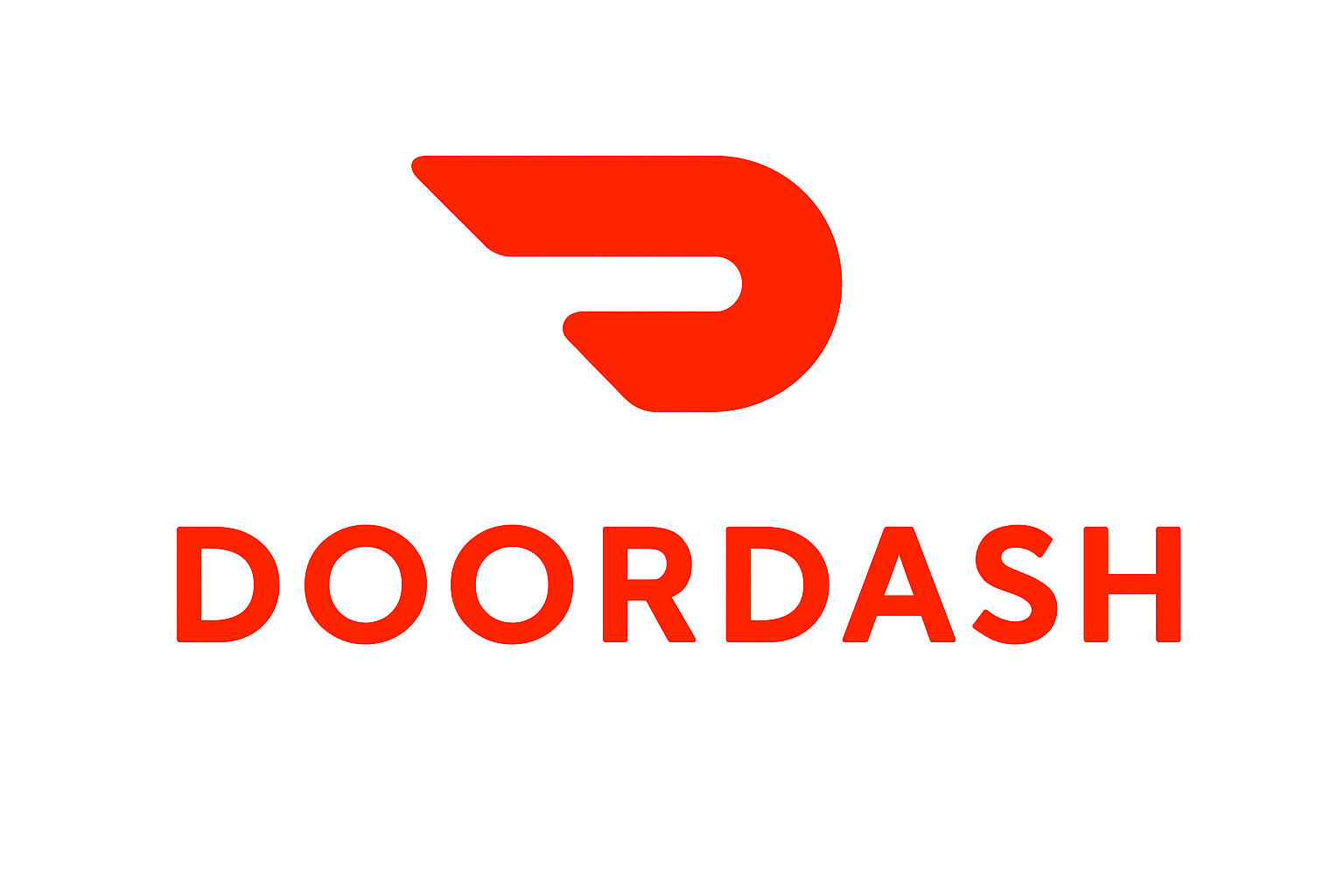DoorDash: How a Food Delivery Startup Became a Powerhouse in the Gig Economy
In today’s fast-paced world, convenience has become a driving force behind consumer behavior. Few companies embody that concept as seamlessly as DoorDash, the on-demand delivery platform that has revolutionized how we order food and interact with local businesses. What started as a small startup created to help restaurants deliver meals has evolved into a logistical powerhouse connecting millions of customers, merchants, and drivers—known as Dashers—across the United States, Canada, Australia, and beyond.
This blog explores DoorDash’s origins, growth, business model, impact on the gig economy, and the future of delivery as it continues to innovate in the on-demand space.
The Origins of DoorDash
DoorDash was founded in 2013 by Tony Xu, Stanley Tang, Andy Fang, and Evan Moore, four Stanford students who wanted to solve a simple but widespread problem: small businesses struggling to meet delivery demands.
The idea was born after speaking to local restaurant owners who lacked the infrastructure to offer delivery services. Many wanted to reach more customers but couldn’t afford their own drivers or logistics systems. The team saw an opportunity to bridge that gap using technology.
They began testing their prototype in Palo Alto, California, under the name PaloAltoDelivery.com. Orders trickled in at first, but as word spread, demand skyrocketed. Recognizing its potential, they rebranded as DoorDash, reflecting the company’s mission to “open doors” for local businesses and deliver goods efficiently.
DoorDash’s Rapid Growth
DoorDash quickly distinguished itself from competitors like Grubhub, Postmates, and Uber Eats through its focus on suburban markets—areas often ignored by other delivery platforms. This strategic decision helped DoorDash scale rapidly by reaching customers outside dense city centers where competition was fiercest.
By 2018, DoorDash had surpassed Uber Eats to become the second-largest food delivery service in the U.S. In 2019, it took the number one spot, a position it still holds today, commanding over 60% of the U.S. meal delivery market as of 2024.
A pivotal moment came in December 2020, when DoorDash went public on the New York Stock Exchange under the ticker DASH. Its IPO was one of the largest of the year, debuting at $102 per share and closing the first day up 86%. The listing cemented DoorDash’s reputation as a major player in the tech and logistics world.
The DoorDash Business Model
DoorDash operates on a three-sided marketplace that connects:
- Customers, who order food, groceries, or retail items via the DoorDash app.
- Merchants, such as restaurants, convenience stores, and supermarkets, who want to reach more customers without handling delivery themselves.
- Dashers, independent contractors who fulfill the deliveries and earn money on their own schedules.
The platform takes a commission from each order and charges customers a service fee. Dashers earn a base pay plus tips, with incentives for completing multiple deliveries or working during busy times.
Beyond restaurant delivery, DoorDash has diversified its services with:
- DoorDash Drive: White-label logistics for merchants who want to use DoorDash’s delivery network under their own brand.
- DashPass: A subscription model offering free delivery and reduced fees for frequent users.
- DoorDash for Work: Corporate meal programs that let companies order food for employees.
- Grocery and Convenience Delivery: Expanding partnerships with major retailers like Walmart, CVS, and Albertsons.
This ecosystem has allowed DoorDash to become much more than a food delivery company—it’s now a last-mile logistics platform catering to a wide range of delivery needs.
Empowering Local Economies
One of DoorDash’s most appealing missions has been its focus on empowering local economies. By giving small businesses access to delivery infrastructure, it helps restaurants reach new customers who might otherwise never visit their locations.
In 2023 alone, DoorDash reported helping U.S. merchants generate over $70 billion in sales. The company has also invested heavily in initiatives like Project DASH, which uses its logistics network to reduce food insecurity by delivering surplus food from restaurants and grocery stores to food banks and shelters.
For merchants, DoorDash offers more than just delivery—it provides data insights on customer preferences, helping them optimize menus, pricing, and promotions. Many restaurants, especially smaller ones, credit DoorDash with helping them survive during the COVID-19 pandemic, when dine-in service was halted nationwide.
The Dasher Experience
At the heart of DoorDash’s operations are its Dashers—gig workers who use their own vehicles to deliver orders. For many, the platform represents flexibility and supplemental income; they can choose when and where to work, with no long-term commitment.
DoorDash reports that more than 6 million Dashers have earned income through the app since its founding. The company frequently highlights how its model enables financial independence, allowing students, retirees, and part-time workers to earn on their own terms.
However, this flexibility has not come without controversy. Critics argue that Dashers should receive more worker protections and benefits, as they are classified as independent contractors rather than employees. DoorDash, along with other gig platforms, has been at the center of debates over labor rights, minimum wage guarantees, and healthcare access.
To address some of these concerns, DoorDash launched programs such as DasherDirect, a prepaid debit card offering instant earnings and cash-back rewards on gas, and earnings transparency tools that show how pay is calculated before accepting deliveries. These efforts show DoorDash’s evolving approach to supporting its workforce while maintaining its flexible model.
Challenges and Criticisms
Like any major company, DoorDash has faced its share of challenges. The most prominent include:
- High Fees for Restaurants: Some merchants have complained about commission rates of 15–30%, which can cut into already thin profit margins.
- Dasher Pay Transparency: Earlier pay models were criticized for not clearly showing how tips affected base pay. DoorDash has since updated its payment structure to be more transparent.
- Competition: With giants like Uber Eats and Instacart vying for dominance in local delivery, DoorDash must continually innovate to maintain market share.
- Regulatory Pressure: Legal challenges around worker classification, data privacy, and local delivery regulations continue to shape DoorDash’s operations across different regions.
Despite these hurdles, DoorDash has shown resilience by adapting quickly, often adjusting policies and introducing new programs in response to public feedback.
Innovation and the Future of DoorDash
Looking ahead, DoorDash is investing heavily in technology and automation to improve efficiency and sustainability. The company has explored autonomous delivery vehicles, robotic systems, and AI-driven route optimization to enhance its logistics network.
In addition, DoorDash is expanding internationally, targeting emerging markets with growing middle-class populations and increasing smartphone adoption. The company’s diversification into grocery, retail, and even alcohol delivery further broadens its reach.
Sustainability has also become a major focus. DoorDash is promoting eco-friendly packaging, optimizing delivery routes to reduce emissions, and supporting local food rescue programs. As consumers become more environmentally conscious, these initiatives will likely play a crucial role in maintaining brand loyalty.
The Bigger Picture
DoorDash’s story is one of innovation, perseverance, and adaptability. What began as a small project to help a few restaurants in Palo Alto has grown into a multi-billion-dollar enterprise reshaping urban and suburban commerce.
The company’s influence extends beyond food—it has redefined how people interact with their communities. By connecting customers to local businesses, DoorDash has created a modern ecosystem where convenience, technology, and local commerce intersect.
As the gig economy continues to evolve, DoorDash’s ability to balance growth, fairness, and sustainability will determine its long-term legacy. Whether it’s through expanding services, improving Dasher experiences, or supporting small businesses, one thing is clear: DoorDash has become more than a delivery service—it’s a cornerstone of the modern on-demand economy.



